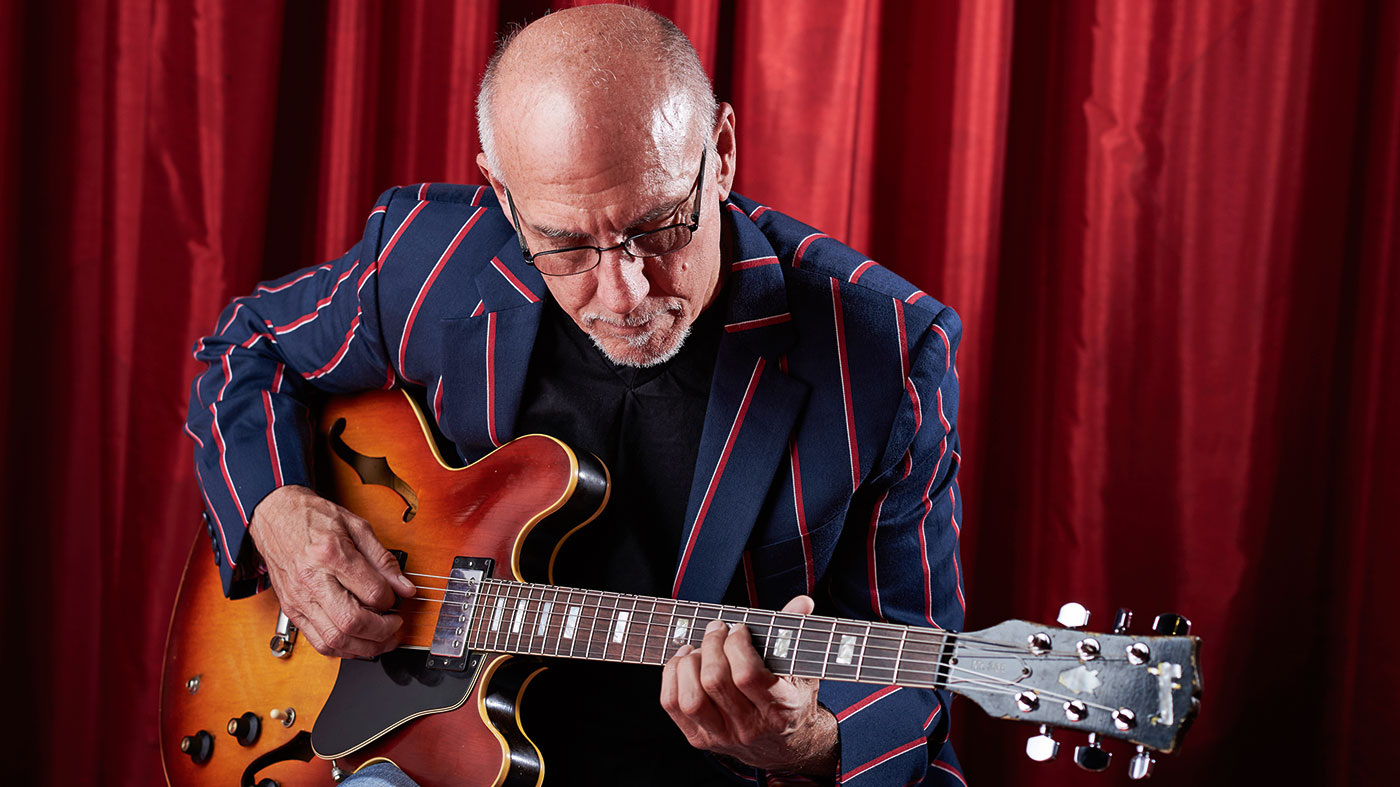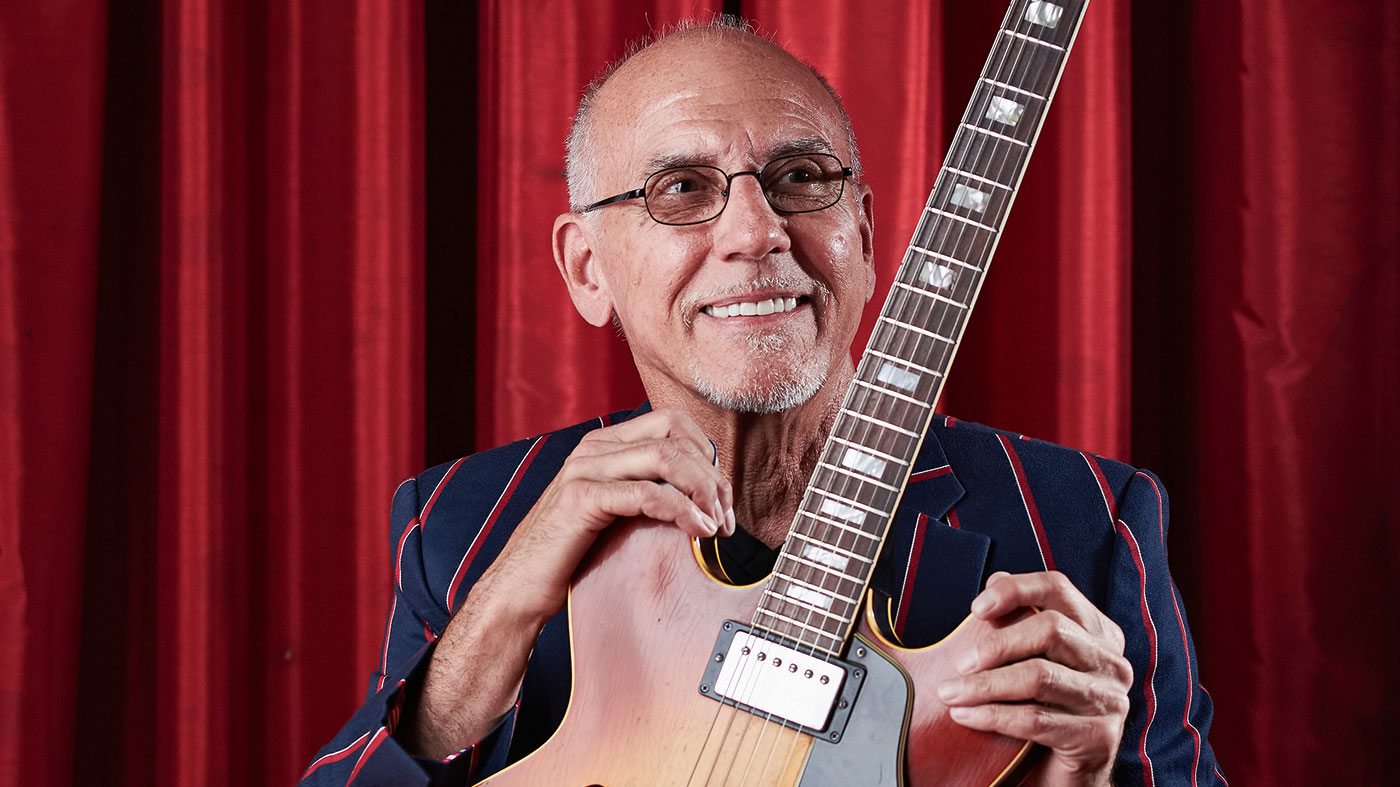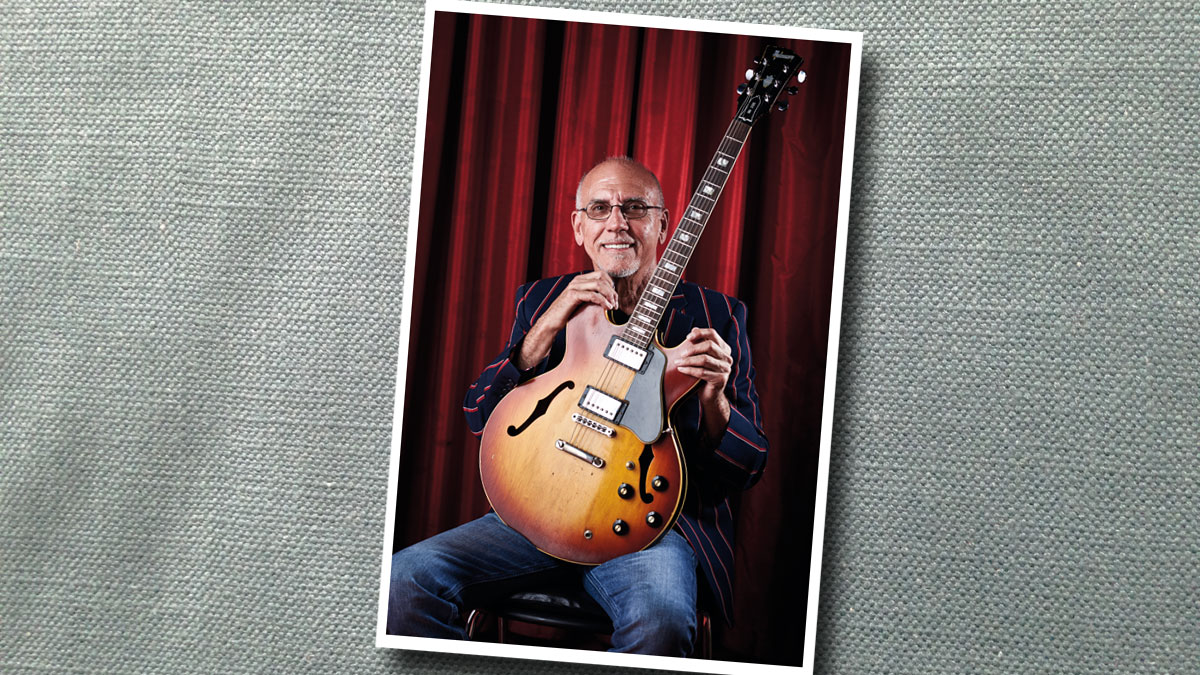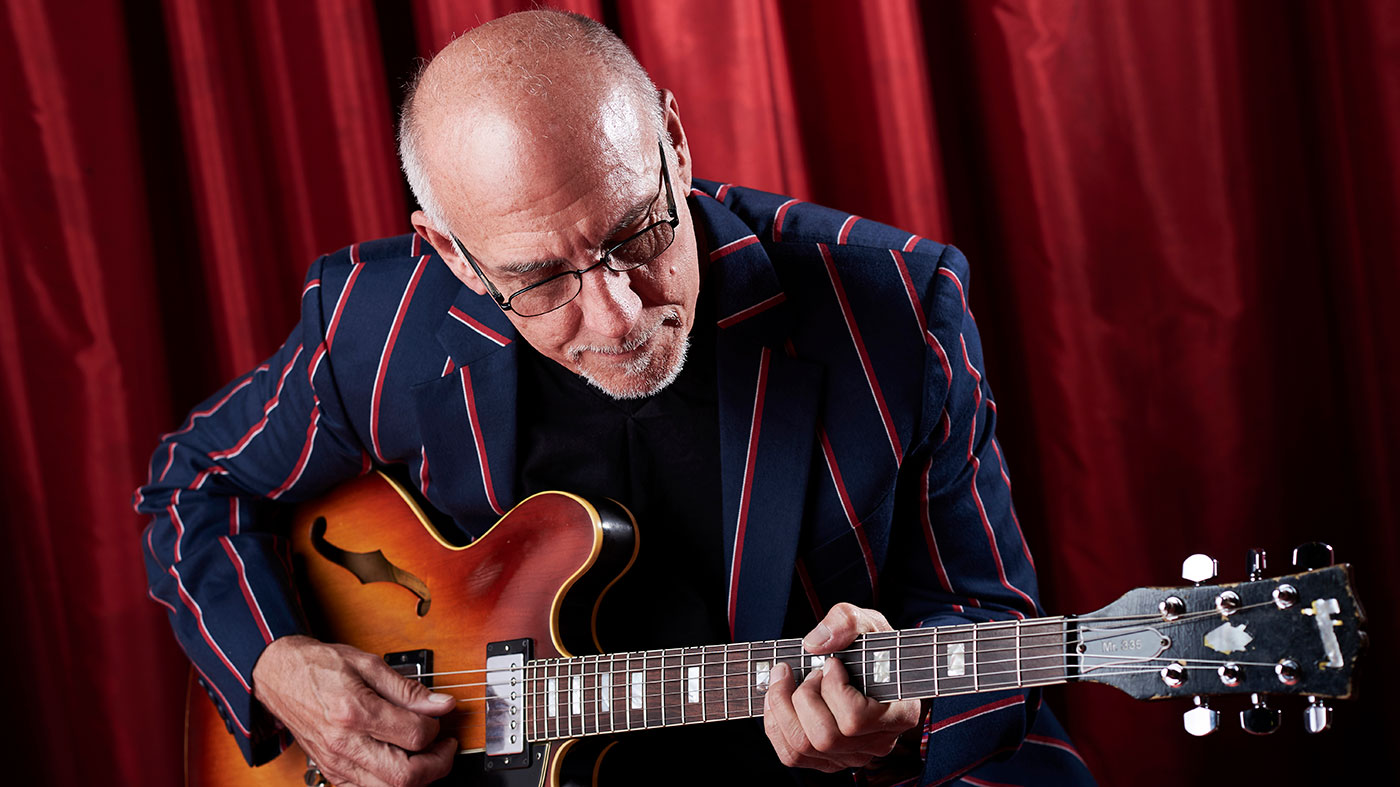Larry Carlton's 9 tips for guitarists
The session supremo shares some history and knowledge

Session master and consummate soloist Larry Carlton is on every player’s list as an icon - we examine the origins of a phenomenal musician.
Larry Carlton is relaxing backstage. He tell us: “You may have read before that people ask me to describe my guitar playing and I always try to be very honest about it. I’m a ‘jazz influenced’ guitar player, but I’m not Pat Martino or guys who have committed to that style.”
Listening to some of the solos he’s played in the past, Steely Dan’s Kid Charlemagne being a fine example, might make you think otherwise. But, despite a celebrated career as both sessioneer and soloist with his own bands, not much is known of Larry’s origins and the foundations upon which much of his later work has been built.
We were keen to delve back to the beginning - his first guitar, for instance: “I’m sure it was a Broadcaster. I started playing in ’56, so it would have been in late ’57 that my mom got my first electric guitar and it would have been a blonde Broadcaster.” Or even earlier, when he began having lessons from Slim Edwards at a very tender age…
1. Teach the children, teach them well
“Obviously, I started from scratch - I was six-and-a-half years old, so he’d show me all the basic things that a teacher would start with: the names of the strings, how to hold a pick, how to hold the guitar, a whole note on a staff.
I learned a lot by listening to those records and then copying them, especially the intros that Barney Kessel would use to set up the tunes
“Go home and practise that. Those kinds of very basic things and then, as we progressed, he could see that I had an aptitude for playing and so I don’t know how long after - six months or a year - he made sure to make the lesson fun, which my mom reflected and told me about later.
“It was a 30-minute lesson, but once I could play the little boogie-woogie thing that he had shown me the week before, we would always start the lesson by just jamming on that fun thing.”
Get the MusicRadar Newsletter
Want all the hottest music and gear news, reviews, deals, features and more, direct to your inbox? Sign up here.
2. Sometimes the television delivers real gold
“I don’t really remember the first guitar record that struck me, but I do remember that every Saturday night on television in Los Angeles there was a country music show called Town Hall Party and Joe Maphis was the guitar player and Larry Collins and his sister Lorrie were the kids on the show.
“Larry played guitar like Joe Maphis and they would play duets, and I’m sure that was inspiring to me. I don’t know how much older than me that Larry would have been - five, six years, maybe. I got to see that on Saturday nights and the guitar was prevalent.”
3. Absorb good playing whenever you possibly can
“I did learn Mr Sandman in the style of Chet Atkins, after hearing it a number of times. Chet did not have an influence on my playing, except I was aware of how to do that style in case I was asked to do it. I could imitate it. I didn’t know many records by Chet; I was more taken the other way, more jazz players.
“Probably prior to hearing Joe Pass, if I’m getting the chronology correct, I would have heard Barney Kessel, who was a much simpler player than Joe - a very kinda sloppy player. But I learned a lot by listening to those records and then copying them, especially the intros that Barney would use to set up the tunes.”

4. Find your guy, learn from him
“I first heard Joe Pass on the Moment Of Truth album by Gerald Wilson [from 1962]. He was the featured soloist and his solos just made so much sense to me. In my opinion, in my observation, they were at a whole other level than what I had been listening to with Barney. So, that’s when I discovered Joe and I bought that album.
“I had to order it back in the day, you couldn’t just go into the store and buy jazz albums; it took two weeks for it to arrive. I just got turned on to it, and when he came out with the Catch Me! album in ’61 or whenever that was [1963 - Ed], I would have been 13 or 14. His technique was unbelievable: the lines stood by themselves. Nobody else that I’d ever heard played the guitar like that.”
5. Make it work

“In junior high school I was playing three nights a week on the weekend with older musicians at a supper club - five shows a night. I was playing all the pop tunes of the early 60s and that kind of experience, at such a young age… I remember celebrating my 15th birthday at the club! I wasn’t driving yet.
“The leader of the band got drafted and so I became the leader - the front man, the singer, the whole deal, three nights a week. In high school, I had the opportunity to play six nights a week, five sets a night in clubs with older musicians. So, in my junior year, I only went to school four hours a day and I was on what they call a work permit, except the school thought I was working at a music store.”
6. You never know who’s about
“Out of high school I had my own trio, so for the first set at the club we could play jazz, and after that we played pop music so people could dance. Again, I was still progressing at playing; we’re looking at 12 or 13 years that I’d been playing guitar and I was only 18.
“There was a producer of a surf band who lived in the South Bay of Los Angeles where I lived - his name was Richard Delvy and somehow I met him through the surf guys. He was producing an album for a group he had called The Challengers and he called me for the sessions. I was 16 or 17 by this time, and I got to do the session. I was the only non-studio guy there.”

7. Go play with the big boys
“There was Hal Blaine, Joe Osborn, Larry Knechtel - all the big boys - and we were doing cover tunes: there was Tequila, Memphis [Tennessee]… That was really my first experience of being in the studio at that level.
I was meeting players who, every once in a while, got calls for masters. They talk to their people: ‘I met this guy, Larry…’
“Upon reflection, I realise that Richard hired me because I could read, but also because I still sounded very young, so I wouldn’t sound polished but the record would have enough authenticity to it of a band. That’s my take on that. But that experience was my first time being in the studio with the big boys.
“It was three or four years later that I was getting calls for demo sessions for the April Blackwood Publishing Company. I’m not actually sure how my name got on that list… But, anyway, in a very short time of doing two days a week of demo sessions, I became the arranger.”
8. It’s about making connections
“That was the next step, but I was meeting players who, every once in a while, got calls for masters. They talk to their people: ‘I met this guy, Larry…’ and it was word of mouth that got me started… But let me back up one more place.
“I was 20 years old, playing at Disneyland on weekends with the big band, and after I would go and play at a funky dive with my trio from 2:30 in the morning until 6:30am. One night, at one of those gigs, Louis Shelton and Dash Crofts from Seals and Crofts came in and Louis told me how much he enjoyed my playing.”
9. One day you get the call…
“I got a call from Dumble or someone, saying, ‘Do you want to come and see the amp tonight?’ I’d never played one before, so I went to Dumble’s place and Eric Johnson was there, playing through an amp.
“He sounded wonderful and he played something and I said, ‘What was that?’ and he said, ‘It’s a Hendrix lick.’ I never listened to Jimi Hendrix and so I got this one little bend from Eric at that first meeting and that’s when I first played the Dumble and fell in love with it.”











